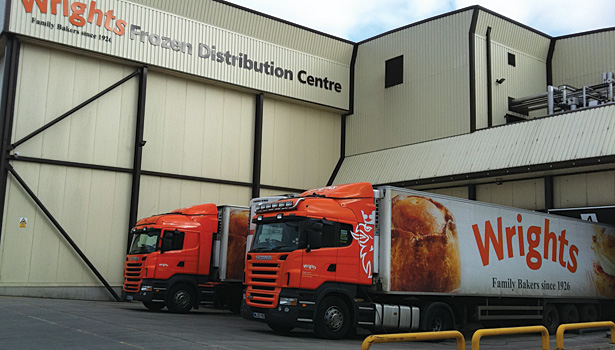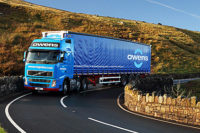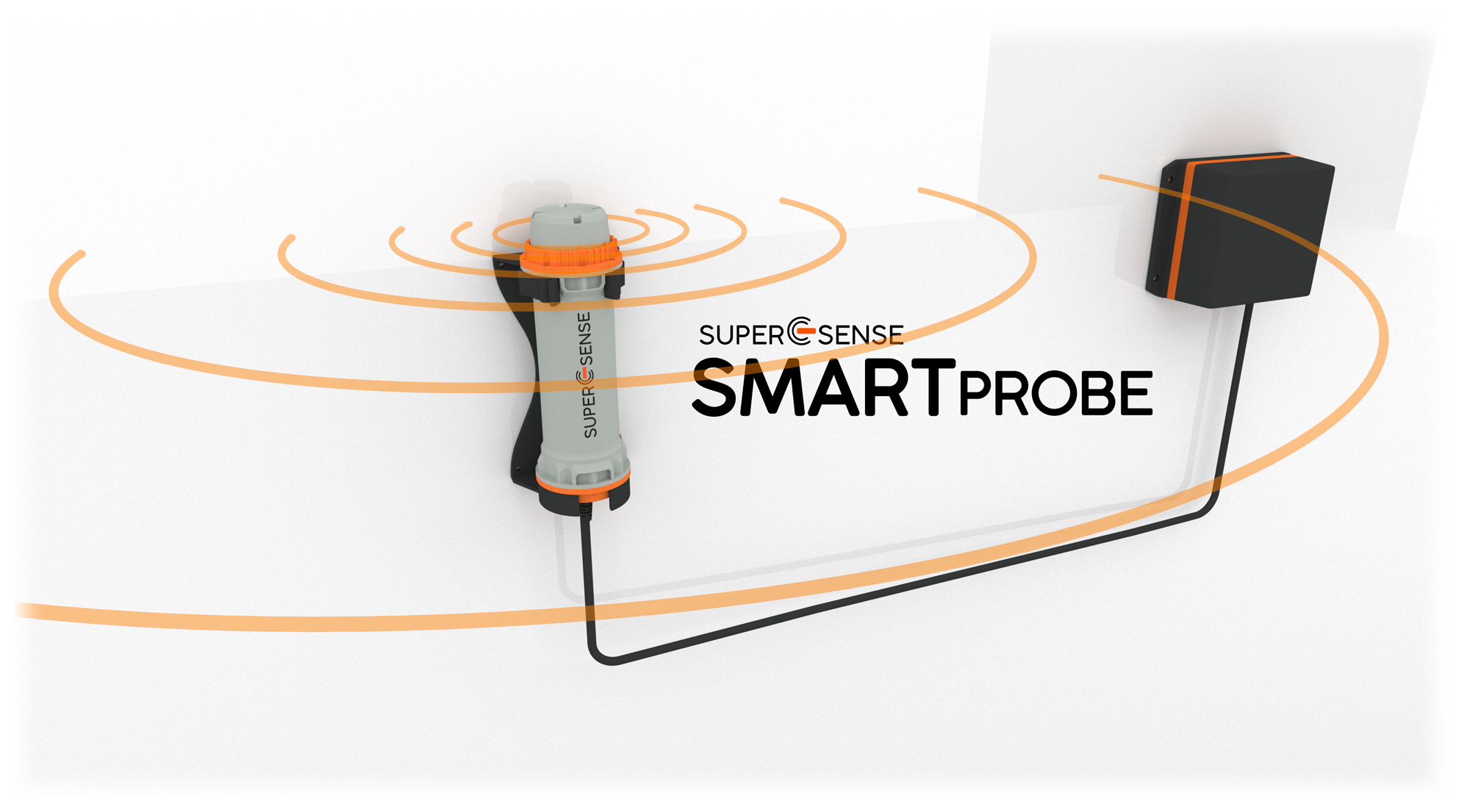Temperature monitoring is the centerpiece of efforts to maintaining the cold chain, but standard monitoring mechanisms lack key capabilities that can not only reduce spoilage and fleet operating costs but also simplify data collection. Traditional load monitoring data loggers, for example, cannot provide real-time temperature alerts if something goes wrong during transit or monitor fridge on/off or compartment door open/close status. Nor can they be used without the cumbersome process of activating each device via a PC prior to shipment and retrieving data using the same process after delivery.
A newer approach that yields better information involves linking temperature, fridge and door sensors to GPS-based fleet tracking systems. All data collected by the various components is then automatically transmitted to back-end software every few minutes through the GPS tracking unit installed in the vehicle cab or trailer. The result is live monitoring that can not only spot problems before major damage is done, but also identify driver behavior that may be jeopardizing product integrity.
Companies using this strategy also gain all the management benefits of the underlying GPS fleet tracking system. For example, dispatchers and logistics managers can see the location of every reefer in real time on system maps. Replay-a-day functions retrace each truck’s activity complete with time stamps, revealing inefficient routes as well as unauthorized or unusually lengthy stops that may represent personal errands made on company time. System reports help pinpoint excessive idling, document vehicle mileage to optimize preventive maintenance schedules and more.
Doing it ‘wright’
One company that has seen striking results with this approach is Wrights Food Group, a UK-based bakery and foodservice supplier with 11 freezer trucks and trailers that deliver frozen goods such as pastry products, cream cakes and ready meals to customers more than 400 miles away on a daily basis.
Since activating an integrated fleet tracking/temperature monitoring system in mid-2012, Wrights has completely eliminated temperature-related load rejections and an associated $10,000-plus a year in redelivery costs. These benefits stem from the ability to prove to customers that the load has stayed within the required temperature range for the entire journey, as well as immediately uncover problems like fridge malfunctions through system alarms set to alert managers if temperature readings rise above -15°C.
“In the past, if a customer rejected a load because their own temperature readings were inaccurate or they simply needed an excuse to turn it away, we had to send the driver back to our warehouse, unload as many as 26 pallets, go through a whole QA procedure, change our production schedule to refill the order and send a truck back the next day with a new delivery,” says Nic Cuthbertson, logistics manager for Wrights.
For those same 11 reefers, the system has also helped Wrights shave thousands of dollars off its annual fuel bill, cut an estimated 21 idling hours every week and slash $56,000 in yearly payroll expenses by detecting long breaks and non-business stops that previously inflated drivers’ time cards. The company has achieved similar benefits for its 19 local delivery vehicles, which are equipped with the core GPS fleet tracking portion of the system.
Putting operational problems on ice
From a temperature control perspective, a major advantage of these newer solutions is that linking temperature monitoring to fridge on/off and compartment door open/close status gives a more complete picture of refrigeration system performance than a simple temperature measurement. This helps ensure proper temperature control—particularly with real-time alerting to potential problem conditions—and also provides insights into wasteful driver habits that can be corrected to trim costs and prevent load rejections.
Many drivers, for example, leave the fridge on while the truck or trailer door is open at a customer site. This pushes cold air outside the compartment, risking rising temperatures inside while also requiring the fridge to work harder (and requiring the vehicle to burn excess fuel) on the next leg of the journey. Systems that can “see” fridge and door statuses can call managers’ attention to train drivers to shut the fridge off before opening the compartment door. This kind of visibility can go a long way toward protecting cargo against spoilage and/or customer rejection; pruning the fuel budget by driving more efficient operation of the refrigeration system; and further reducing fuel consumption by eliminating second trips to redeliver rejected loads. It also adds security by making it possible to detect open doors at sites other than customer premises and even identify the specific truck stop or other location where the incident occurred, thanks to the integrated GPS mapping capabilities.
The fusion of temperature monitoring and GPS fleet tracking also drives a rich range of savings, operational efficiencies and customer service benefits without having to deploy, learn and manage two separate applications.
Real-time mapping enables dispatchers to keep customers informed of driver location at all times and provide ETAs to help them manage their loading/unloading schedules. Daily vehicle activity history, available either in text-based reports or plotted on a map, allows in-depth route analysis that can help reduce delivery miles as well as root out personal vehicle use that is wasting fuel. Idling reports can lead to additional fuel savings by zeroing in on drivers who leave their trucks and trailers running while waiting at customer unloading docks.
GPS-based geofencing makes it possible to detect vehicles that leave the warehouse when they shouldn’t, indicating unauthorized use or a possible theft in progress. Traditional load monitors and other older temperature monitoring methods, including stand-alone printing data loggers, have none of these capabilities. Stepping up to new technology that can track both vehicle refrigeration performance and overall fleet performance in a single system can help you put operational problems on ice—and turn up the heat on profitability.



